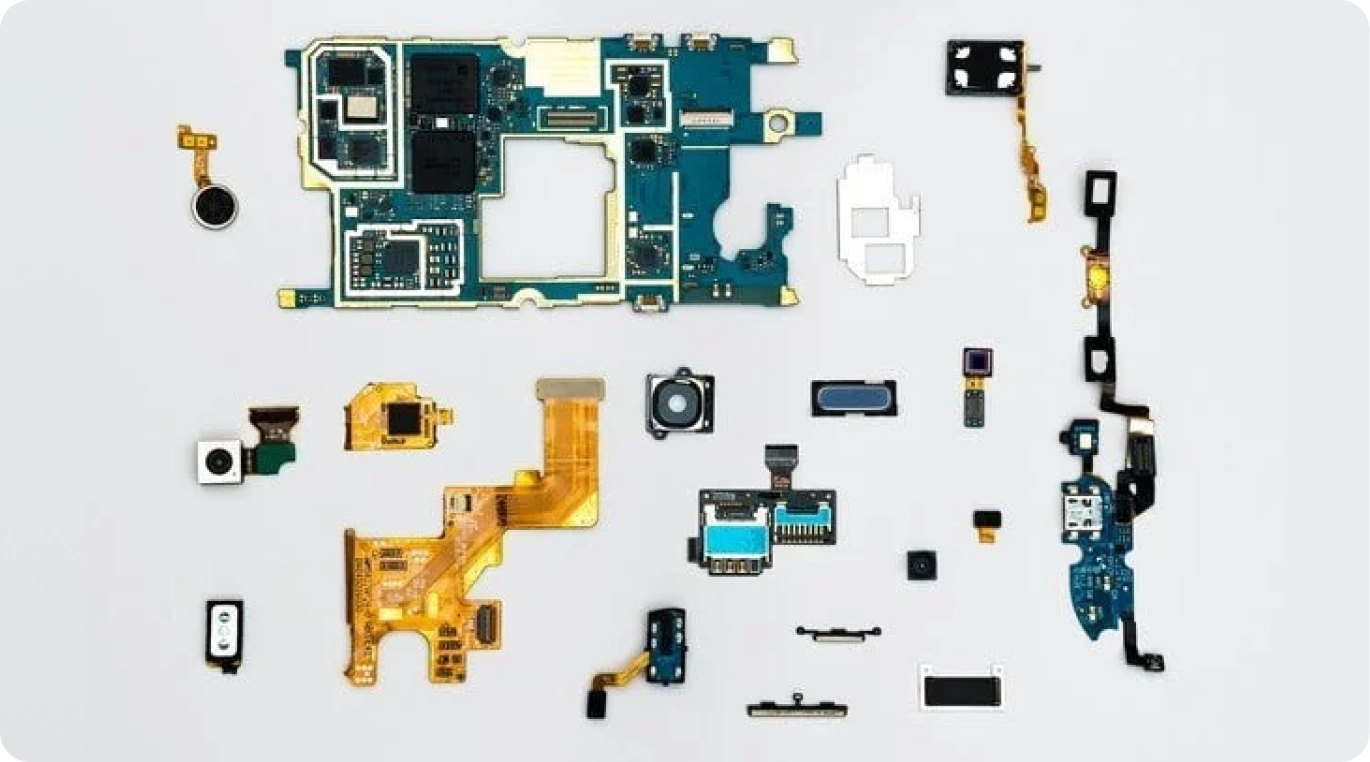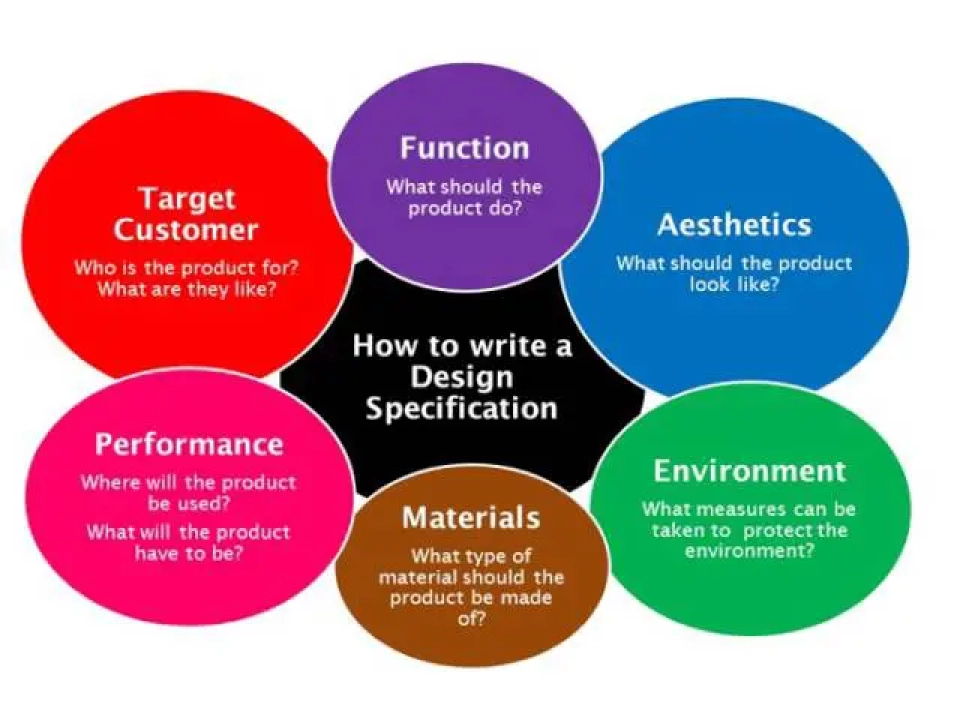What is System Design? A Guide for Newbies

Introduction
In the dynamic realm of technology, the success of an electronics product is intricately tied to the finesse of its system design. Whether it’s a smart home device, a wearable gadget, or an industrial automation system, a meticulously crafted system design is the linchpin for functionality, reliability, and scalability. This in-depth exploration will delve into the multifaceted world of system design for electronics products, unravelling
- what is system design
- why is system design important
- key considerations of system design
- different subsystems in system design
What is System Design?
In electronic products, system design is the meticulous process of defining a device’s architecture, components, interfaces, and functionalities to meet specific requirements. It serves as a blueprint for engineers and designers, guiding them through the development stages and ensuring that the final product aligns with its intended purpose.
Why is System Design Important?
System design is paramount in electronic product development because it reduces the risk of failure and costly redesigns and guarantees that the final product meets the specified requirements. From my observation, I’ve seen too many inexperienced project managers and engineers skip system design altogether, jump straight into product development, and later find themselves in a disastrous situation with their prototype/product failing in efficiency, reliability, or manufacturability.
Key Considerations of System Design
Understanding Your Requirements
At the genesis of every electronics product lies a fundamental step — understanding your requirements. This entails meticulously analysing the intended functionality, performance expectations, power constraints, environmental conditions, and user interface needs. A clear definition of these requirements serves as the north star for the design process, providing engineers with a roadmap for making informed decisions that align with your product’s overarching goals.
Modular Design Approach
Adopting a modular approach is the bedrock of effective system design in electronics products. Breaking down the system into manageable and independent modules or components simplifies the development process and enhances maintainability and scalability. Each module should possess a well-defined interface, fostering easy integration and replacement without causing a ripple effect through other system parts. This modular approach streamlines development and facilitates parallel development efforts, reducing time-to-market.
Power Management
Power efficiency stands as a cornerstone consideration in the design of electronic products, especially in the era of portable devices. Implementing effective power management strategies involves carefully selecting components, optimising algorithms, and incorporating low-power modes when possible. This extends battery life, a crucial consideration in mobile and IoT devices, and contributes to your product’s overall sustainability, aligning with the growing emphasis on eco-friendly technology solutions.
Scalability and Future-Proofing
An often overlooked aspect of system design is the foresight to anticipate future advancements and ensure scalability. A well-designed electronics system should be capable of accommodating potential upgrades, expansions, and compatibility with emerging technologies. Designing for scalability is not just a technical consideration; it’s a strategic investment in the longevity and adaptability of your product. What we typically ask our clients to do before we develop any product is to ask them if they’re planning to add any new features in the future so that we can leave enough room on the circuit board or in the product enclosure. This saves our clients lots of effort and money, and I bet you’d also want the same thing for yourself.
Reliability and Fault Tolerance
In electronic products, reliability is non-negotiable, particularly for those deployed in critical applications. Incorporating fault-tolerant mechanisms and redundancy in key components can significantly enhance the overall reliability of your system. Robust error-handling mechanisms and diagnostic features contribute to the quick identification and resolution of issues, minimising downtime and improving the end-user experience. Reliability engineering, focusing on Mean Time Between Failures (MTBF) and Mean Time To Repair (MTTR), becomes paramount in ensuring your product’s dependability and performance over its lifecycle.
Testing
Thorough testing is critical in the system design process. Rigorous testing protocols, including functional, stress, and environmental testing, are essential to identify and address potential issues before your product reaches the market.
- Functional Testing: This foundational testing method evaluates whether your product performs its intended functions accurately. It involves testing each module or component in isolation and, subsequently, in conjunction with other system parts.
- Stress Testing: Stress testing pushes your product to its limits to assess how well it performs under extreme conditions. This includes testing the system under high loads, elevated temperatures, and other challenging scenarios to identify potential weak points and points of failure.
- Environmental Testing: Electronic products often operate in diverse and challenging environments. Environmental testing involves subjecting your product to conditions such as temperature extremes, humidity, vibration, and electromagnetic interference to ensure it can withstand the conditions it will likely encounter in the real world.
- Usability Testing: Besides technical performance, usability is critical to electronics product design. Usability testing involves evaluating your product’s user interface, user experience, and overall user interaction to identify areas for improvement and refinement.
- Security Testing: Security is paramount with the increasing interconnectedness of electronic products. Security testing involves assessing your product’s vulnerabilities to potential cyber threats and implementing measures to safeguard against unauthorised access and data breaches.
Validation
Validation is the final step, confirming that your product meets the predefined requirements and is ready for deployment. It involves a comprehensive assessment of your product’s performance, reliability, and adherence to industry standards. Validation is not a one-time event but a continuous process that evolves as your product undergoes iterations and updates.
Product Design Specification
You can pretty much say an engineering team is inexperienced if they don’t have product design specifications (PDS). A PDS contains all the requirements, constraints, and specifications to which a new product must adhere. It’s a common by-product of system design, and the rigour of the PDS is one of the best indications of a well-engineered product. The PDS should be kept up-to-date throughout the development process. The PDS is an essential aspect of hardware product design for the following reasons:
- Prevents scope creep: Scope creep is the gradual expansion of your project’s goals and tasks beyond its original intended scope. PDS helps to avoid scope creep, which can be detrimental to any project, especially in hardware product development. With many components in a hardware product, it is crucial to avoid changes that can negatively impact the overall system.
- Serves as a reference: PDS is a reference for your product development team, especially for the mechanical and hardware engineers, to ensure that all parts are designed according to the specified dimensions.
- Communicate with contract manufacturers: A PDS is necessary when engaging with contract manufacturers as they typically require a product description before providing a quote.
- Supports testing: Each specification in the PDS will be tested separately during the testing phase to ensure product conformity. A well-written PDS is crucial for creating meaningful tests and ensuring your product’s reliability after its launch.
Different Subsystems in System Design: What Are They?
For most electronic products, system design requires breaking the system into smaller, manageable subsystems. These subsystems include hardware, firmware, software, mechanical components, and other relevant parts. Here’s an overview of the key subsystems in an electronic system:
Hardware Subsystem:
- Components: Identify and specify the physical components required for your system, such as microcontrollers, processors, sensors, actuators, memory modules, power supplies, and communication interfaces.
- Interconnections: Define the interconnections between hardware components, including buses, data paths, control signals, and power distribution.
- Protocols: Determine the communication protocols between hardware components, ensuring compatibility and efficient data transfer.
Firmware Subsystem:
- Microcontroller/Processor Code: Develop firmware to control and manage the behaviour of the microcontroller or processor. This includes initialisation, data processing, and interfacing with hardware components.
- Algorithms: Implement algorithms for specific functions or features of your electronic system, such as signal processing, control algorithms, and communication protocols.
- Error Handling: Include error detection and handling mechanisms to enhance the robustness and reliability of your system.
Software Subsystem:
- Application Software: Design and implement software applications that run on your electronic system. This could include user interfaces, data processing applications, and higher-level control software.
- Device Drivers: Develop device drivers to interface with hardware components and provide a standardised interface for higher-level software.
- Operating System (if applicable): Specify and integrate an operating system if your system requires one, ensuring compatibility with the hardware and software components.
Mechanical Subsystem:
- Enclosures: Design the physical enclosure or housing for your electronic system, considering factors such as size, material, and environmental protection.
- Mounting and Assembly: Specify how the various hardware and mechanical components will be mounted and assembled within your system.
- Thermal Considerations: Address thermal management, including heat sinks, fans, and other mechanisms to ensure proper system cooling.
Conclusion
In conclusion, the art of system design in electronics products is a multi-faceted journey that demands a holistic approach. From understanding your requirements to adopting a modular design approach, from power management to scalability and future-proofing, from reliability and fault tolerance to thorough testing and validation — each step is integral to your product’s success. As technology advances at an unprecedented pace, mastering the intricacies of system design is not just a necessity but a cornerstone for creating innovative, reliable, and successful electronics products that meet the ever-growing market demands.
If you’re seeking help with system design, collaborating with EasyIOT, one of the leading system design companies, brings added value. Our experienced system engineers meticulously follow the system design principles and guide product development, ensuring that your product meets and exceeds user expectations.







